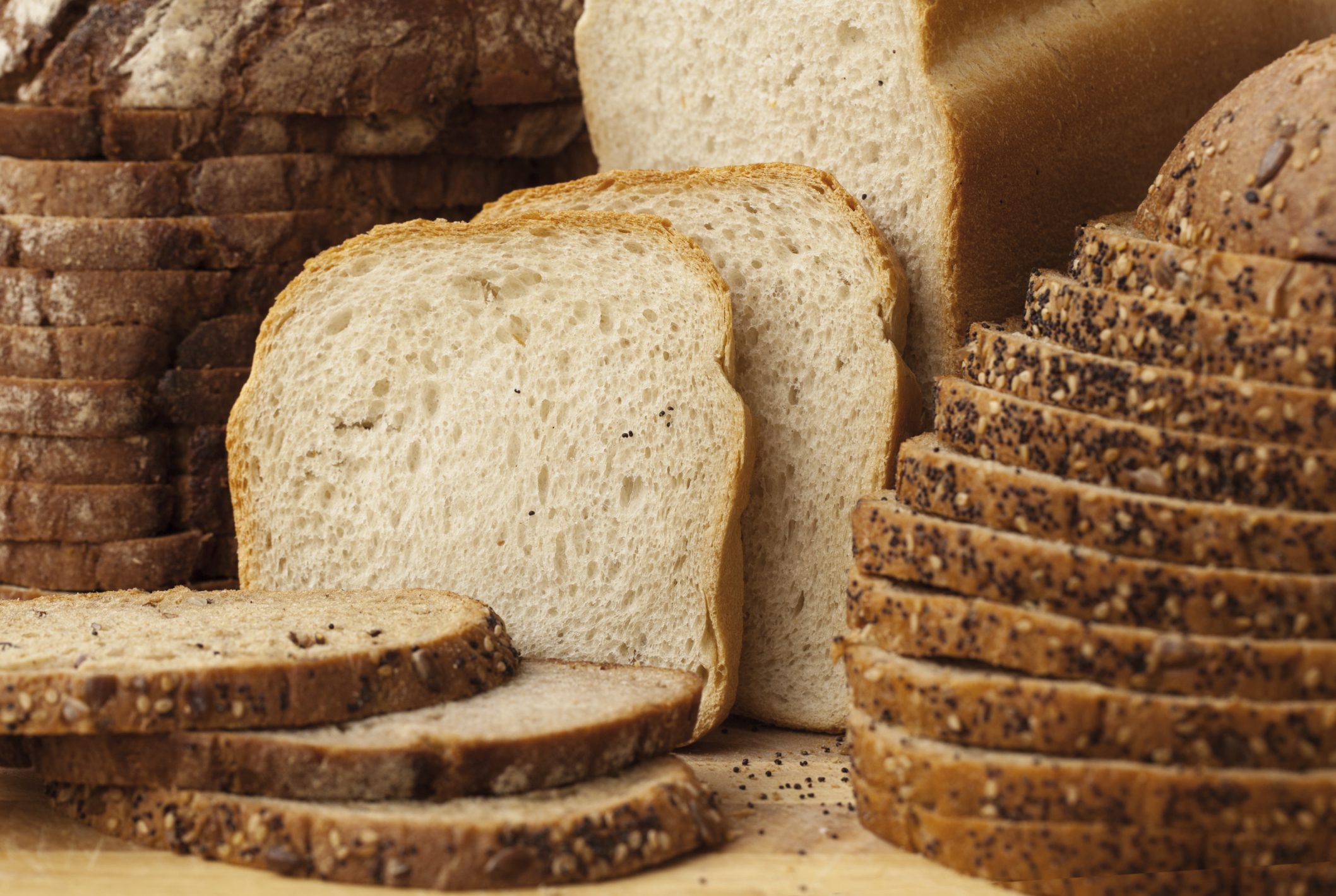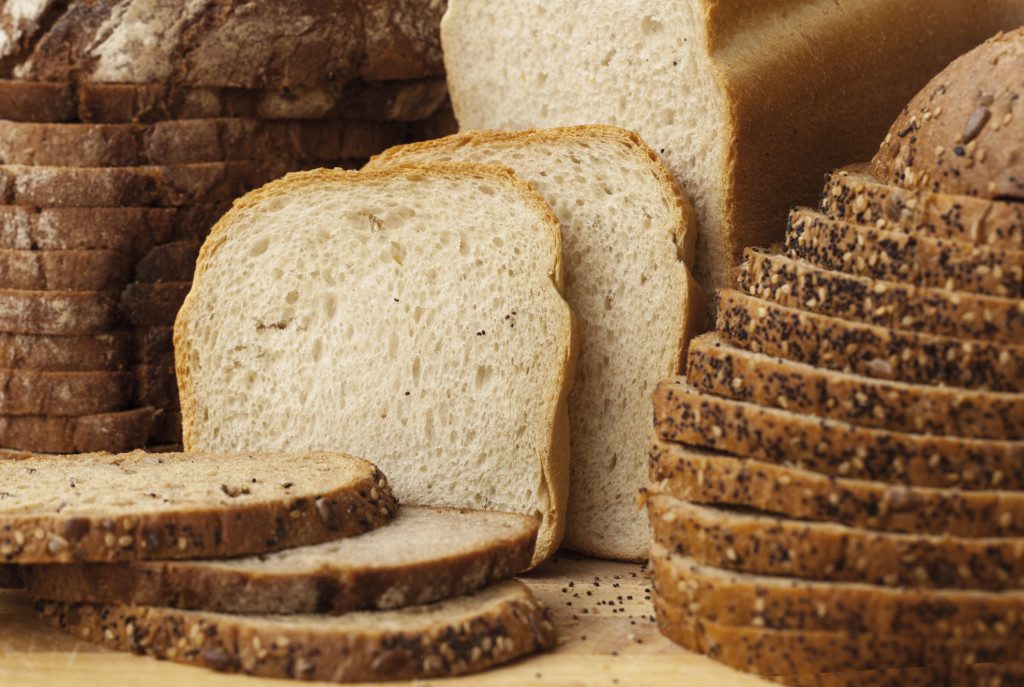Carbohydrates: What you need to know about the runner’s preferred fuel
What counts as a carb, why do we need them and are they all the same?


High-carb, low-carb, no carbs, carb load. We runners are obsessed with carbohydrates. Many of us consume our fair share and consider them an essential and healthy part of our diet. Our morning bagels, post-run electrolytes, carb-loading pasta and post-race sweet rewards are all chock-full of carbs.
Recently the carb has become a nutrient of controversy, charged with causing weight loss, insulin insensitivity, kidney disease among others. We break down the details on this mighty macronutrient and tell you what runners need to know about carbs.
READ MORE: Keep the menu from sabotaging the morning long run
What is a carbohydrate?
Scientifically speaking, carbohydrates are large biological molecules–macromolecules–containing a fixed ratio of carbon and water molecules. Many people know them as a popular food type which are used to create and store energy, about four calories per gram. Carbohydrate-based foods are often categorized as either being simple sugars—candy, honey, jams, juices—or complex carbs—cereals, breads, grains, pasta— depending on how quickly and easily they are digested and absorbed.
Carbs are an important and traditional part of most diets. Often, it is recommended that individuals consume between 40 and 60 per cent of their daily energy from carbs. This is also quite easy to do, given that carbs are abundant and in many of the foods of the typical western diet.
Why do we need them?
All the carbs we consume are eventually broken down into smaller molecules–ultimately into glucose–which the body uses to release energy for each and every function it performs. Physical activity places a high demand for energy on various body systems which is why carbs are considered the preferred fuel source for prolonged and sustained activity.
In addition to being used as a fuel and energy source, excess carbs are also processed and used as an energy storage system. In humans and most animals, glycogen is the name of the energy storage molecule which is kept in the cells of muscles and the liver. Runners should be familiar with the term glycogen as it becomes the primary source of energy in longer running events such as the marathon. The purpose of carb-loading is simply to maximize the body’s glycogen stores, delaying fatigue at the end of a longer run or race.
RECIPE: Cauliflower and prosciutto pasta
Are all carbs the same?
In short, no, they aren’t. In terms of the amount of energy as well as the time it takes to release this energy, simple sugars and complex carbs are not the same. Simple sugars yield slightly less energy than complex carbs do, 3.9 to about 4 calories per gram of carbohydrate due to the additional energy needed to break the larger molecules down. Complex sugars also take much longer to be broken down and make us feel fuller, for longer.
The glycemic index refers to a range of values that indicate a food’s effect on blood sugar levels. Values typically range between 50 and 100, where foods with the highest values have the quickest and most pronounced impact on sugar levels as they are quickly digested and processed. Foods are often grouped together based on whether they have low (55 or less), medium (56-69) or high (70 and above) GI index values. Examples of foods with a low GI index are beans, small seeds and whole grains and most vegetables. Medium GI index foods could be whole or enriched wheat, raisins, prunes and bananas, and high GI index foods are white bread, rice, potatos, pretzels or bagels.
How many carbs do runners need?
Many will be surprised to discover that carbohydrates are not an essential nutrient in humans and if need be, all required energy could be acquired from fats and proteins alone. That said, we runners are not the same as the average person. Our running and training programs place a specific and increased demand on our bodies for quick and easy-to-absorb energy.
Carbs remain the most easily accessible and most efficiently metabolized fuel source which is why they are proven to delay fatigue and enhance endurance in distance running events. Generally, runners do not require significantly more carbs as part of their daily intake, but when and what types of carbs are best for runners is something to consider.
Runners should aim to consume some easily digestible carbs—think a bagel and banana—an hour or so before any longer or harder run. For runs lasting about an hour or more, carbs may also be consumed during the run, often in the form of an electrolyte beverage or energy gels, chews or bars. It is also important to consume carbs as well as protein following a long run or hard effort to help aid in recovery. Finally, those preparing for a longer race, such as a half-marathon or farther, should aim to maximize their carb (glycogen) stores by ingesting an increased amount of carbs two-to-three days prior to the race. This is done by consuming 8-12 grams of carbohydrates per kilogram of body weight. This is commonly referred to as “carbo-loading.”
Runners looking to lose weight or minimize their consumption of carbs should still aim to consume a small amount of carbs at particular times and for specific purposes. There is little reason to fear carbs if consumed in moderation and as part of a healthy and active lifestyle. Running and training on a low-carbohydrate diet is certainly possible but may also mean feeling tired or sluggish, particularly in the early stages as the body is forced to adapt to using non-carbohydrate energy sources. Research on performance and low-carb diets is still ongoing, but in general, one should not expect to perform as well–especially at longer distance runs and races–without carbs.


